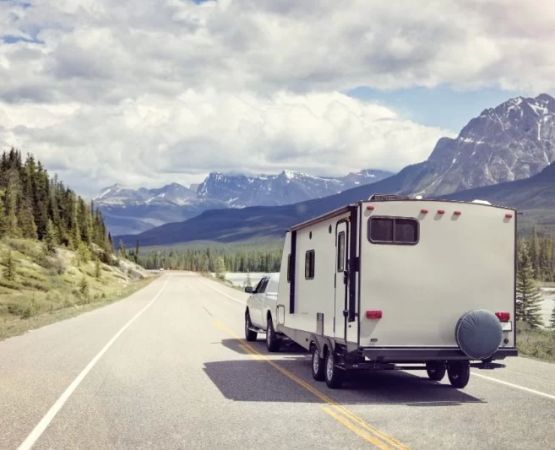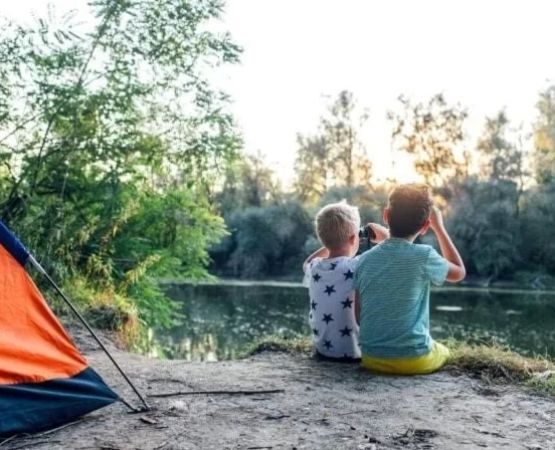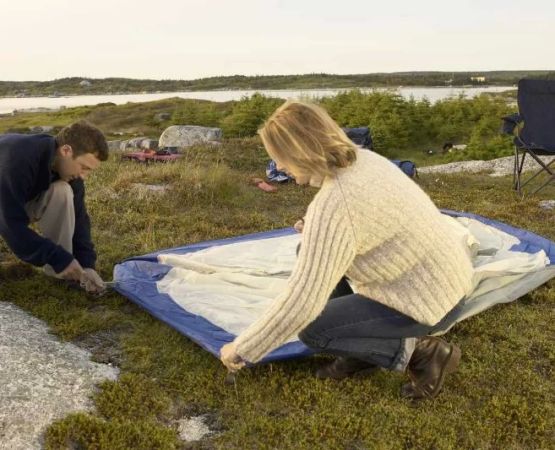Choosing Sustainable Campsites: Green Practices for Eco-Conscious Campers
As an outdoor enthusiast, I’ve always believed in the transformative power of nature. But over time, I’ve come to realize that the way we camp and the choices we make while outdoors have a profound impact on the environment. That’s why choosing sustainable campsites that prioritize green practices has become a key part of my camping experience. Whether you're a seasoned camper or just starting out, adopting eco-friendly practices is essential for preserving the beauty of nature for future generations.
1. The Importance of Eco-Friendly Camping
When I first started camping, I didn’t think much about the environmental impact of my trips. I was focused on the adventure, the fresh air, and the thrill of escaping into the wilderness. But as I became more aware of climate change and environmental degradation, I realized how much my actions affected the ecosystems I loved. Camping in a sustainable way doesn’t just mean picking up after yourself; it means considering the broader picture, from the campsites you choose to the gear you use.
Eco-friendly camping practices are all about minimizing your ecological footprint. This includes respecting wildlife, conserving water, reducing waste, and supporting campsites that prioritize sustainability. In recent years, the rise of eco-conscious travelers has led to a surge in sustainable camping options, and I’m excited to share how you can make the right choices for both the planet and your adventure.
2. How to Choose Campsites with Green Practices
Choosing a campsite with green practices can be a game-changer in reducing your environmental impact. Here are some tips I’ve learned over the years to help you find the perfect eco-friendly spot:
2.1 Look for Certified Eco-Friendly Campsites
One of the first things I recommend is looking for campsites that have earned eco-certifications, such as the Green Key or EarthCheck. These certifications indicate that the campsite adheres to strict environmental standards, including waste reduction, water conservation, and energy-efficient practices. The campsites that hold these certifications are often committed to promoting sustainability and are a great choice for eco-conscious campers like me.
2.2 Check for Sustainable Amenities
Not all campsites are created equal when it comes to sustainability. I always look for campsites that use solar energy for lighting or have composting toilets to minimize water usage. Additionally, I prefer campsites that provide recycling facilities and encourage guests to separate their waste. Some campsites also offer reusable or biodegradable options for items like soap, dishware, and toiletries, which can significantly reduce plastic waste.
2.3 Proximity to Nature Reserves
Whenever possible, I try to camp near nature reserves or protected areas. This not only gives me the opportunity to enjoy the beauty of pristine ecosystems but also supports the preservation of these areas. Many campsites located near conservation efforts follow strict guidelines to minimize their impact on the environment, and they often engage in programs that promote biodiversity and the protection of endangered species.
2.4 Evaluate Water and Waste Management Practices
Water conservation is crucial in camping, especially in areas where water is scarce. I make sure to choose campsites that have efficient water systems in place, such as rainwater harvesting or waterless toilets. It’s also important to support campsites that practice responsible waste disposal. Campsites that offer composting or proper waste segregation help reduce the strain on landfills and prevent harmful chemicals from leaching into the environment.
3. Tips for Eco-Conscious Camping
Choosing the right campsite is only the first step in becoming a more eco-conscious camper. I’ve found that adopting a green mindset before, during, and after my camping trip makes a big difference. Here are some tips that I follow to ensure that my camping trips are as environmentally friendly as possible:
3.1 Minimize Your Carbon Footprint
One of the biggest ways I reduce my environmental impact is by traveling sustainably. I often choose campsites that are within driving distance to minimize fuel consumption. When possible, I opt for public transportation or carpool with fellow campers to reduce the number of vehicles on the road. Another option I love is bike camping, which allows me to explore new areas with minimal impact on the environment.
3.2 Use Eco-Friendly Gear
Investing in sustainable camping gear has been one of the most rewarding changes I’ve made. Instead of disposable items, I choose durable, reusable products. For example, I bring along stainless steel water bottles, biodegradable soap, and a tent made from recycled materials. I also avoid using single-use plastics like straws, plates, and cutlery, and instead opt for eco-friendly alternatives made from bamboo or compostable materials.
3.3 Leave No Trace
One of the most important principles of eco-conscious camping is the “Leave No Trace” philosophy. I always ensure that I pack out everything I bring with me, leaving the campsite as pristine as I found it. This means cleaning up all trash, even small items like food wrappers or cigarette butts. I also try to minimize my impact on the land by sticking to designated trails and avoiding disturbing wildlife. Being mindful of the environment is key to preserving the wilderness for future generations.
3.4 Support Local Communities
Another great way to practice sustainable camping is by supporting local communities. Many eco-friendly campsites are located in remote areas, where local businesses rely on tourism. I always make an effort to purchase locally sourced food, firewood, and other supplies. This helps reduce the carbon footprint associated with transporting goods and contributes to the local economy, creating a positive cycle of sustainability.
4. Personal Story: My Green Camping Experience
I’ll never forget my experience camping at Pine Cliff Resort, a location that truly embodies the spirit of sustainable camping. Situated in a stunning natural reserve, this eco-friendly campsite focused on preserving the surrounding forests and wildlife. The staff was passionate about educating campers on green practices, and the campsite provided reusable containers for water and encouraged us to separate our waste.
During my stay, I witnessed firsthand how small, conscious changes can make a big impact. The resort had solar-powered showers, energy-efficient lighting, and even offered guided nature walks to help campers learn about the local ecosystem. I felt incredibly connected to the environment and proud to be part of an effort that was preserving the very beauty I was there to enjoy. It was an eye-opening experience that reinforced my commitment to sustainable camping practices.
5. Embracing the Future of Green Camping
The future of camping is undeniably green. With more and more campsites adopting eco-friendly practices and travelers becoming more conscious of their environmental footprint, the outdoor industry is on a positive path. As I continue my camping adventures, I’ll keep prioritizing sustainability by choosing campsites that align with my values and making eco-friendly decisions throughout my trips. And I encourage you to do the same—let’s work together to preserve the beauty of our planet for generations to come.
If you’re looking for the best green camping locations and services, consider exploring the options at Pine Cliff Resort, where sustainability and adventure go hand in hand.






